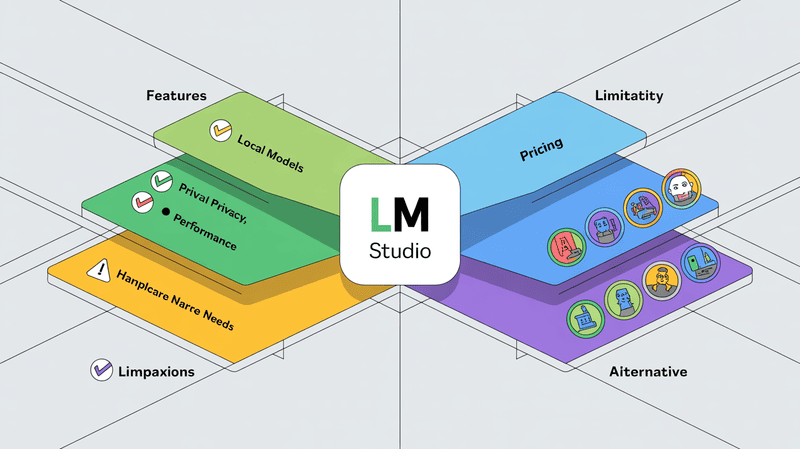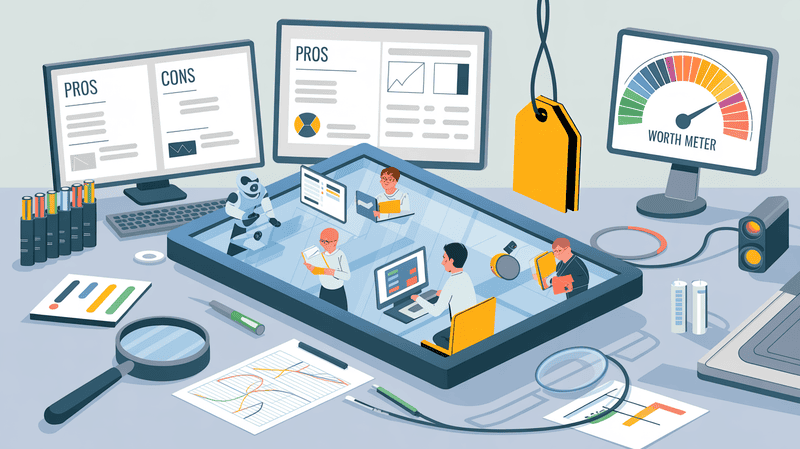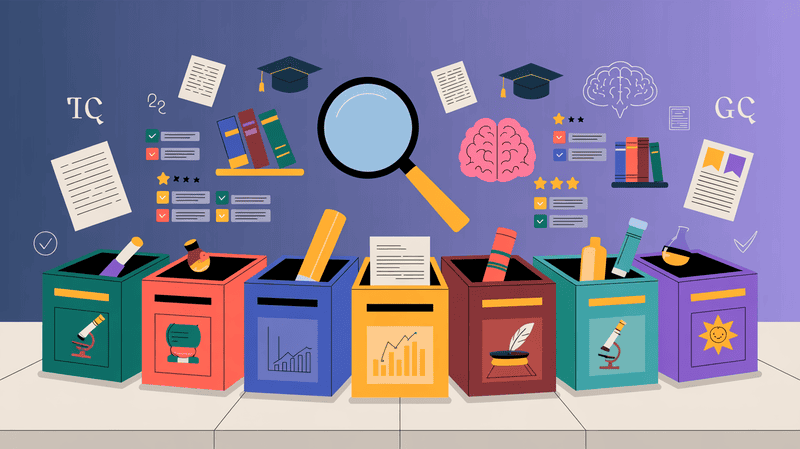Remember when OpenAI announced Stargate and everyone wondered if this massive $500 billion AI project would actually happen? The skeptics are about to get a big surprise.
Something unexpected is happening behind the scenes that's changing everything. What seemed like an ambitious plan that might take forever is suddenly moving at a pace that's catching everyone off guard. Even the critics who said it couldn't work are having to rethink their positions.
But there's more to this story than just fast progress. There are power struggles, unexpected partnerships, controversial decisions, and technology developments that most people don't know about yet. The drama involves some of the biggest names in tech, and the implications go far beyond just building data centers.
The project that seemed impossible is becoming reality in ways nobody predicted. What's driving this sudden acceleration? Who's really behind it? And why is this happening so much faster than anyone expected?
Let's get into it.
What is Stargate and Why Should You Care?
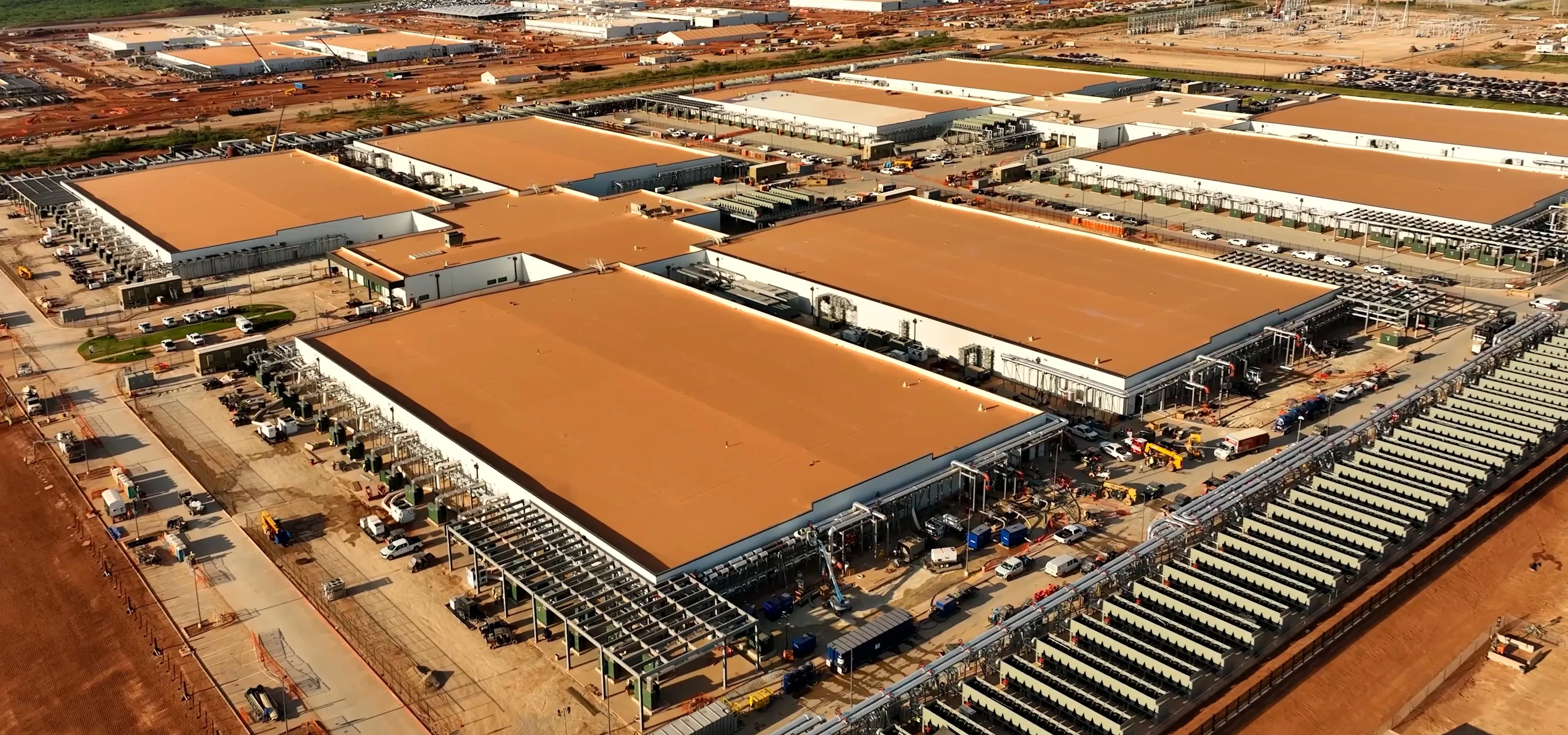
Stargate was announced at the White House in early 2025 as OpenAI's big plan to build powerful computer centers across America. However, this $500 billion project quickly became controversial when Elon Musk publicly questioned whether OpenAI and their partners actually had access to all the promised funding. Despite this criticism, the project is now moving forward and adding five new locations.
These centers are specially designed to run AI systems and help them learn and work better. Think of them as huge buildings filled with super-fast computers that power AI tools. OpenAI is working with two other big companies, Oracle and SoftBank, to make this happen.
The controversy started because Musk, who co-founded OpenAI years ago, now competes against them with his own AI company. He challenged the project's feasibility on social media, creating uncertainty about the massive investment. However, OpenAI has pushed ahead with their plans.
This expansion matters because AI needs lots of computer power to work well. The more centers they build, the better AI can become at helping people with different tasks. These centers also create thousands of jobs in different states across the country.
Key Benefits of This Expansion:
- More powerful AI tools for everyone to use
- Faster AI development and better performance
- Job creation in local communities
- America staying ahead in AI technology
- Better access to AI services nationwide
What Does a Gigawatt AI Data Center Actually Do?
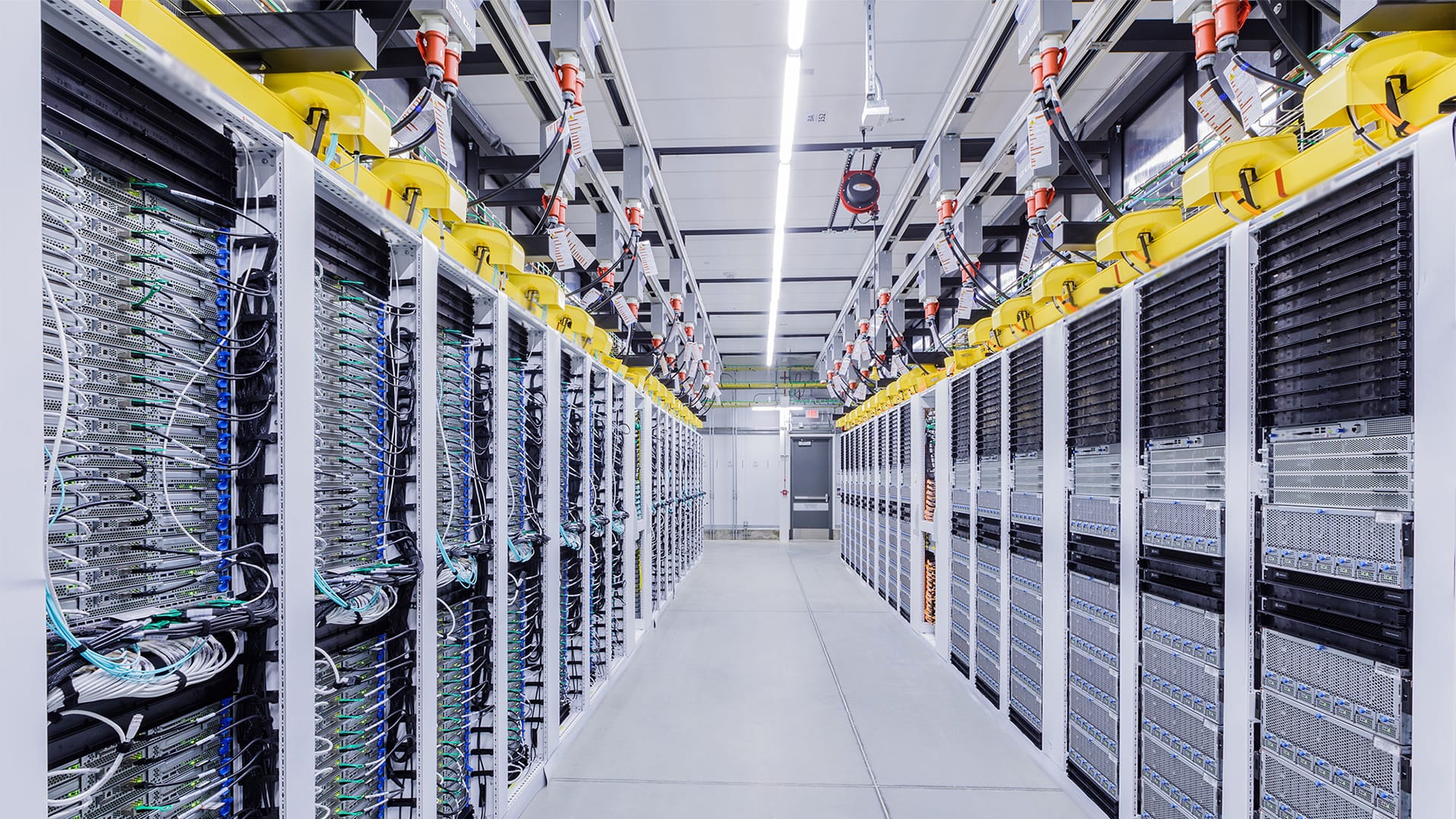
A gigawatt is a huge amount of electrical power. One gigawatt can power about 750,000 homes at the same time. These AI data centers need this much power because they run thousands of computer chips all day and night without stopping. OpenAI and their partners Oracle and SoftBank are planning to build centers that use 10 gigawatts of power in total. They already have plans for nearly 7 gigawatts across their current and new sites.
Inside these massive buildings, rows and rows of powerful computers work together like a team. Each computer has special chips that are very good at doing math calculations super fast. When thousands of these chips work together, they can teach AI systems new things or help AI answer questions from people around the world.
These centers do two main jobs. First, they train new AI systems by feeding them lots of information and helping them learn patterns. This is like teaching a student new skills. Second, they run AI services that people already use, like chatbots or image creators.
All this computer work creates lots of heat, so these buildings need strong cooling systems to keep everything working properly. The computers also use electricity non-stop, which is why they need so much power.
What Makes These Centers Special:
- Thousands of chips working as one giant team
- Non-stop operation 24 hours every day
- Advanced cooling systems to prevent overheating
- Split focus between teaching AI and serving users
- Massive electrical infrastructure to power everything
Where These New AI Centers Will Be Built
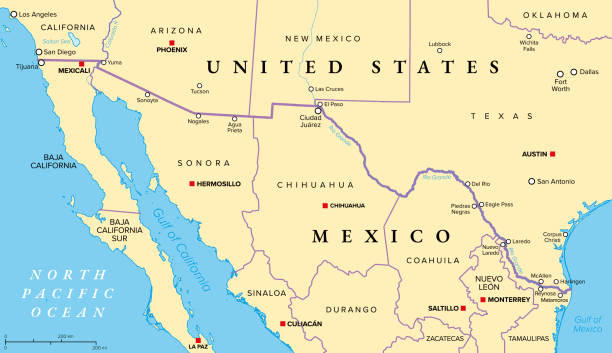
OpenAI just announced five new data center locations, which is a big step forward in their plan. They now have nearly 7 gigawatts of planned capacity and over $400 billion in investment lined up for the next three years. This puts them ahead of their original schedule to reach their full goal of $500 billion and 10 gigawatts by the end of 2025.
The new centers will be spread across different states to make sure AI services reach more people. OpenAI and their partners looked at over 300 proposals from more than 30 states before picking these locations.
Texas will get three new sites. One is in Shackelford County, and there might be an expansion near their existing center in Abilene. They also picked Milam County for another Texas location. Texas was chosen because it has good access to power and land for these huge buildings.
New Mexico will get one center in Doña Ana County. This location offers good power infrastructure and space for expansion. Ohio will have a center in Lordstown, where construction has already started and should be ready next year.
There is also a Midwest location that has not been announced yet, but it should be revealed soon. The three Oracle sites can deliver over 5.5 gigawatts of power capacity. The two SoftBank sites can grow to 1.5 gigawatts over the next 18 months. There might also be a 600 megawatt expansion added near the existing Abilene center.
Why These Locations Work Well:
- Good access to electrical power grids
- Large areas of available land for big buildings
- Strong local job markets for hiring workers
- Government support for technology projects
- Transportation links for equipment and supplies
- Over 25,000 new jobs expected across all sites
The Three Companies Working Together

OpenAI leads the Stargate project and provides the AI technology that needs all this computing power. They decide what the centers should do and how they should work.
Oracle brings their cloud technology and computer infrastructure knowledge. They know how to build and run large computer systems that work reliably. Oracle also provides the special NVIDIA computer chips that make AI training possible.
SoftBank adds their experience in building data centers and managing energy systems. They know how to design buildings that can handle massive amounts of power and keep everything cool and running smoothly.
In July, OpenAI and Oracle made a special agreement to build up to 4.5 gigawatts of extra capacity together. This partnership is worth more than $300 billion over the next five years. SoftBank works through their company called SB Energy to provide powered systems for faster data center building.
What the Leaders Are Saying
AI can only fulfill its promise if we build the compute to power it. That compute is the key to ensuring everyone can benefit from AI and to unlocking future breakthroughs. We’re already making historic progress toward that goal through Stargate and moving quickly not just to meet its initial commitment, but to lay the foundation for what comes next. —Sam Altman, CEO of OpenAI.
Oracle’s reliable, scalable, and secure AI infrastructure is helping OpenAI rapidly scale its business. To meet this enormous demand, we continue to expand OCI’s footprint at an unrivaled pace to deliver the most performant and cost-effective AI training and inferencing.—Clay Magouyrk, CEO of Oracle
Stargate is harnessing SoftBank’s innovative data center design and energy expertise to deliver the scalable compute that powers AI’s future. Together with OpenAI, Arm, and our Stargate partners, we are paving the way for a new era where AI advances humanity.—Masayoshi Son, Chairman and CEO of SoftBank Group Corp
Jobs and Economic Impact

These new data centers will create over 25,000 jobs directly at the sites, plus tens of thousands more jobs in surrounding areas. The jobs will include construction workers to build the centers, technicians to maintain the computer equipment, security staff to protect the facilities, and engineers to keep everything running smoothly. Many of these jobs do not require college degrees but offer good pay and training.
Local communities benefit when these centers open nearby. Workers spend money at local shops and restaurants. The centers also pay taxes that help fund schools and public services. Small businesses often grow when big technology companies move into an area.
For American workers, this expansion means the country stays competitive in AI technology while creating stable employment opportunities across multiple states.
Job Creation Benefits:
- 25,000+ direct jobs at data center sites
- Thousands more jobs in local businesses
- Mix of skilled and entry-level positions
- Training provided for technical roles
- Long-term stable employment opportunities
The Technology Behind These Centers
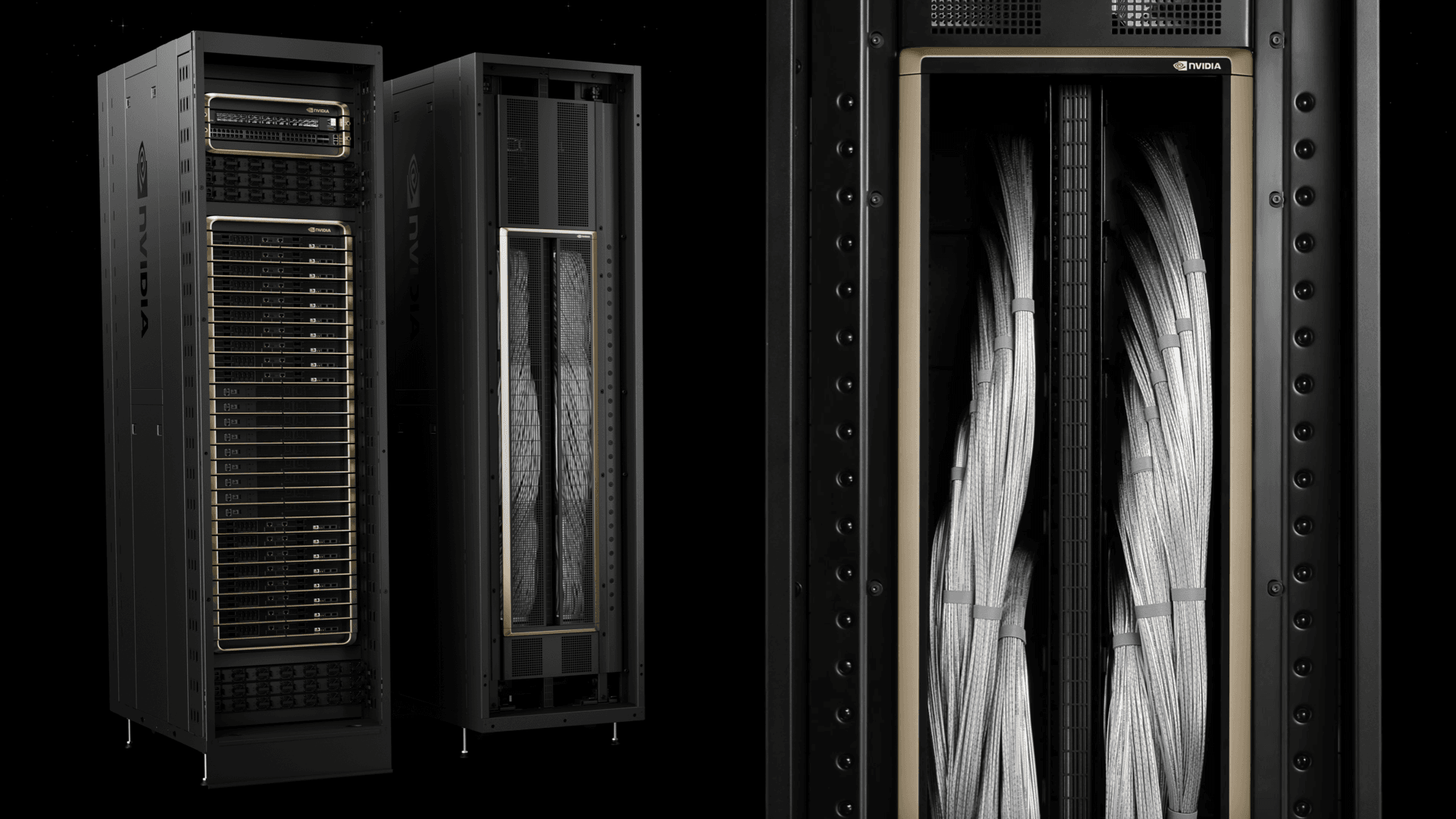
AI data centers are very different from regular computer centers. They use special chips called NVIDIA GB200 racks that are built specifically for AI work. These chips can do thousands of math calculations at the same time, which is perfect for teaching AI systems.
Regular data centers store files and run websites. AI data centers focus on training new AI models and running AI services. The computers inside work together like a giant network, sharing information and learning from massive amounts of data.
Oracle has already started delivering the first NVIDIA equipment to the Abilene center in June. OpenAI is using this new equipment to work on their next-generation research and train better AI systems.
These centers need much more power than regular ones because the AI chips work at full speed constantly. They also need advanced cooling systems and backup power supplies to keep everything running without interruption.
Timeline and What Comes Next
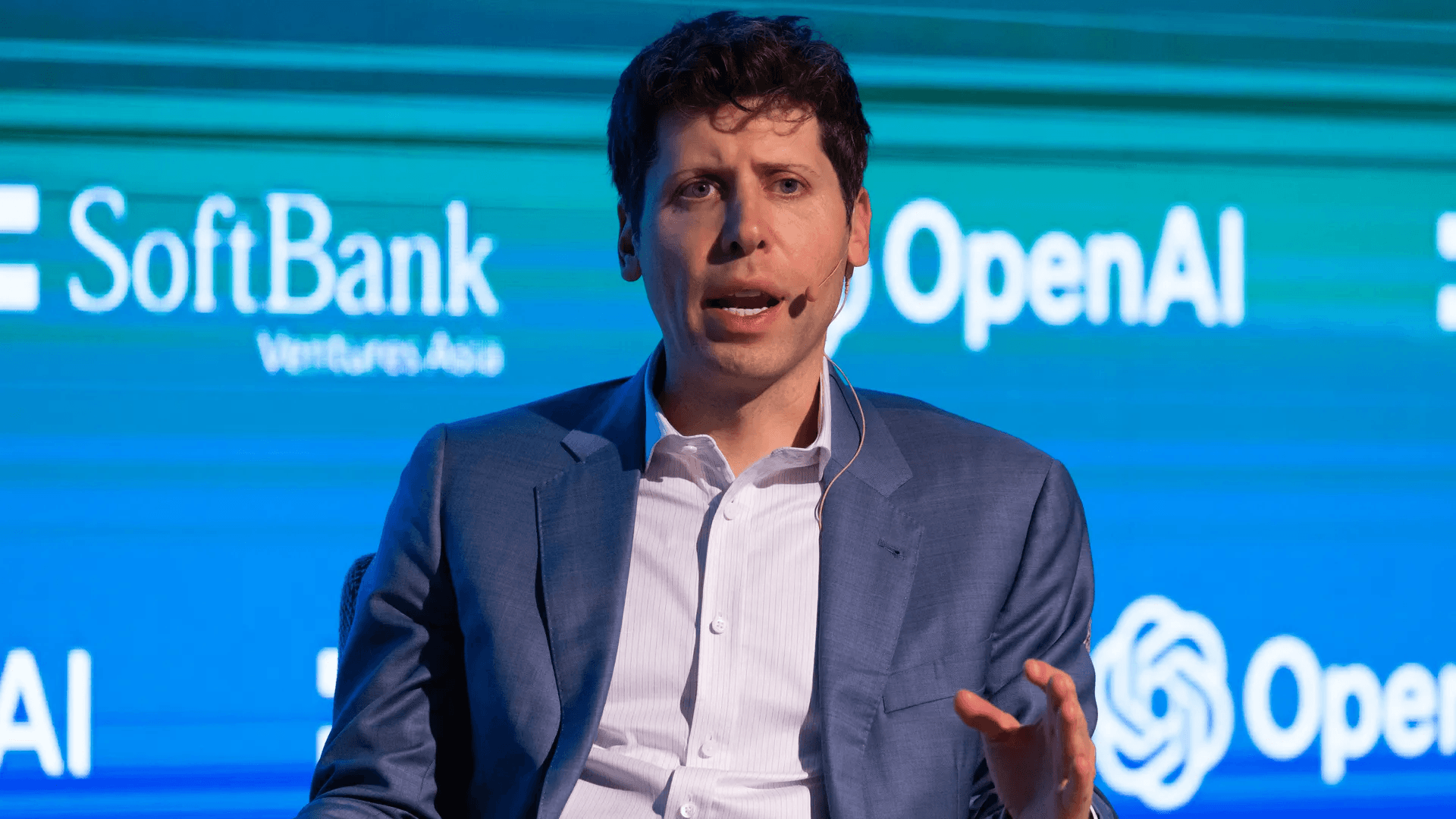
Some of these new data centers are already being built and will start working soon. The Lordstown, Ohio location is on track to open next year, while the Abilene, Texas center is already running and training AI systems. The other locations will come online over the next 18 months.
OpenAI CEO Sam Altman has shared an ambitious vision in his latest blog for what comes after these current projects. He wants to build so much AI infrastructure that he never has to choose between important projects. With 10 gigawatts of compute power, AI might cure cancer or provide personal tutoring to every student on Earth.
Altman's long-term goal is to create a system that can build a gigawatt of new AI infrastructure every week. This would be like building a whole new data center every seven days. He admits this will take years and require new innovations in computer chips, power systems, and construction methods.
OpenAI plans to announce more partners and locations in the coming months. They will also share details about how they plan to pay for this massive expansion later this year.
What to Watch For:
- First new centers opening in 2026
- More location announcements in coming months
- Partnership details and financing plans
- Weekly gigawatt production goal in future years
- Additional job creation across more states
Conclusion
OpenAI's Stargate project has gone from being a questionable plan to a reality that's moving faster than anyone predicted. Despite public criticism and doubts about funding, the company is now ahead of schedule with construction already started in multiple states.
The numbers tell the story - nearly 7 gigawatts of capacity planned, over $400 billion committed for the next three years, and more than 25,000 jobs being created across America. The partnerships with Oracle and SoftBank are delivering real results, with the first NVIDIA equipment already running in Texas.
This expansion represents more than just building data centers. It's about America maintaining its lead in AI technology while creating economic opportunities in local communities. The controversy with Elon Musk has not slowed progress, and Sam Altman's vision of building a gigawatt of infrastructure every week shows this is just the beginning.
The skeptics were wrong. Stargate is happening, and it's happening fast.

